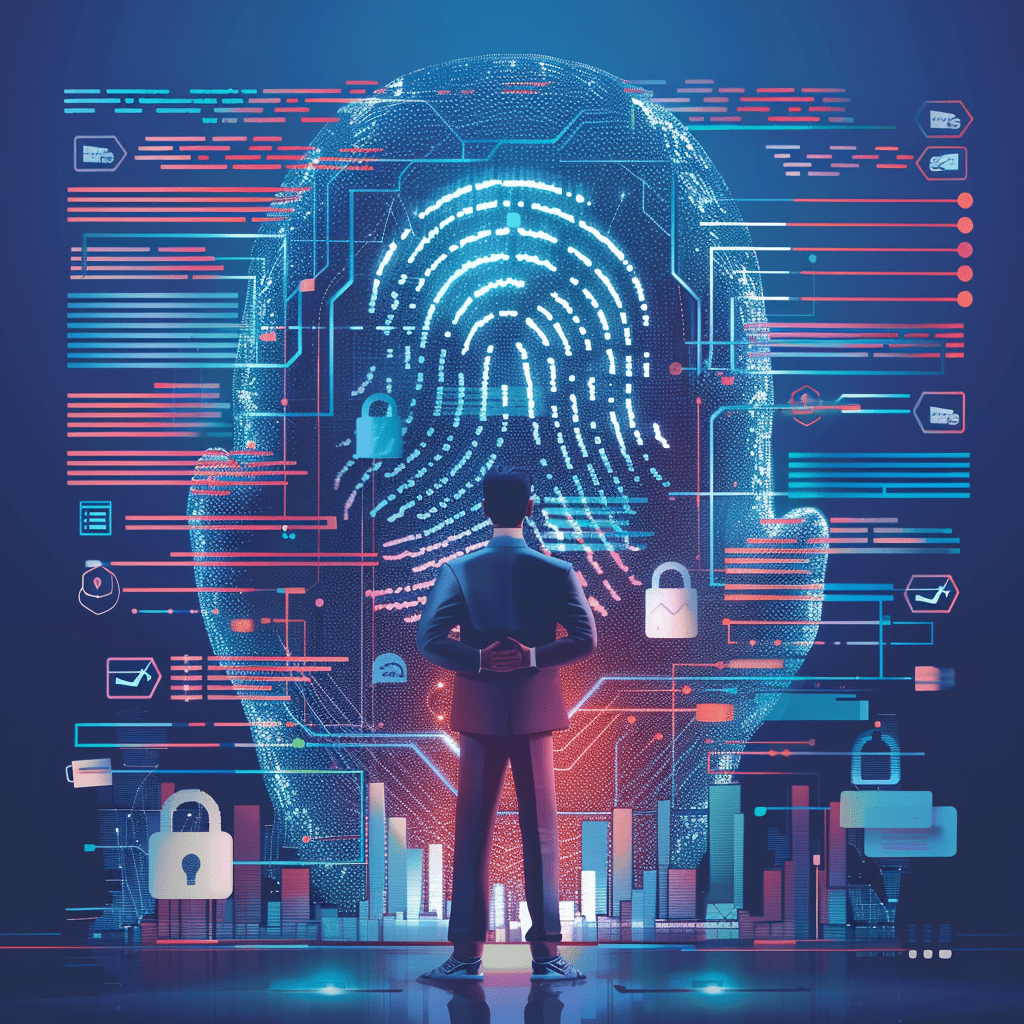The wariness surrounding biometric data collection has been brought to the forefront by a recent ruling against Regal Cinemas. An Illinois federal judge has propelled the case under the state’s stringent Biometric Information Privacy Act (BIPA) into the limelight, addressing the issue of companies collecting fingerprint scans without informed consent. This adjudication underscores not merely a legal oversight but a disciplinary slip in the digital realm that companies traverse daily. As a lawyer with a specialism in digital forensics, I assert that the expertise in extracting and analyzing digital evidence is critical in such situations. This article examines the Regal Cinemas case through the forensic lens, critically analyzing how digital forensic methods are pivotal in unraveling the intricacies of BIPA violations and how they shape the road to compliance.
The Anatomy of BIPA in Digital Data Collection
To properly frame the discussion, a deep dive into the core principles of the Illinois Biometric Information Privacy Act (BIPA) is essential. As one of the most stringent biometric privacy laws in the United States, BIPA sets a high standard for how businesses and organizations handle biometric data. This comprehensive assessment begins with understanding the law’s requirements, including the need for informed consent before collecting biometric data, limitations on data retention, and prohibitions on sharing this data without explicit permission.
Key Provisions:
- Informed Consent: One of the foundational aspects of BIPA is the requirement that companies obtain written consent from individuals before collecting their biometric identifiers (like fingerprints, retinal scans, or facial recognition data). This consent must clearly inform individuals about the purpose and length of time for which the data will be stored and used.
- Data Retention Policy: BIPA mandates that organizations establish and adhere to a publicly available data retention policy. Biometric data must be destroyed when the initial purpose for collecting it has been fulfilled or within three years of the last interaction with the individual, whichever comes first.
- Prohibition on Disclosure: Organizations are prohibited from selling, leasing, or trading biometric data without the express consent of the individual. Furthermore, sharing this information with third parties requires specific consent unless it is essential for completing a transaction or required by law.
- Reasonable Security Measures: Companies must implement appropriate security protocols to protect biometric data from unauthorized access or breaches. The law emphasizes that these measures should be consistent with the sensitivity of the biometric identifiers.
Failure to comply with BIPA can result in severe consequences. Individuals can seek statutory damages of up to $1,000 for negligent violations and $5,000 for intentional or reckless violations. As the number of BIPA-related lawsuits increases, businesses need to ensure compliance to mitigate the risks of expensive litigation and reputational damage. The act also serves as a precedent that other states are observing closely as they consider their own biometric privacy regulations.
Understanding BIPA’s core principles and the implications of non-compliance is crucial, especially given the increasing adoption of biometric technology in various industries. The act’s stringent standards not only protect individual privacy but also signal the importance of creating robust data governance frameworks that prioritize transparency and consent.
Digital Forensics in Action: Compliance and Litigation
The challenge of proving allegations like those faced by Regal Cinemas demands thorough forensic analysis. The nuances of processing digital evidence in biometric privacy cases are expounded, emphasizing best practices molded by legislative frameworks. The process involves examining the collection, storage, and sharing of biometric identifiers to ensure compliance with regulations like the Illinois Biometric Information Privacy Act (BIPA). Forensic assessments typically start by analyzing data management policies to verify if companies obtain explicit consent and implement adequate security measures. A forensics analysis will typically also include the scrutinizing of system logs. So that forensic analysts can track when and how biometric data is collected, accessed, and transferred. This information is crucial in determining if unauthorized access occurred or if data was retained longer than legally allowed.
Conclusion:
The decision in the Regal Cinemas case echoes a cautionary tone for companies utilizing biometric data, underscoring the magnitude of BIPA and its serious implications. With digital forensics standing as the gateway to genuine compliance, professionals in the field must advocate for robust evidence management and infrastructural digitization that upholds privacy laws. The fundamentals of BIPA deliver a paradigm crucial for companies that collect sensitive biometric identifiers, while digital forensics offers the means to both challenge and support claims of infringement. This article aims to not only enhance understanding of this intersection of law and technology but also emphasize how a proactive approach, anchored in expert digital forensic practices, is indispensable in navigating the complexities of biometric privacy.





